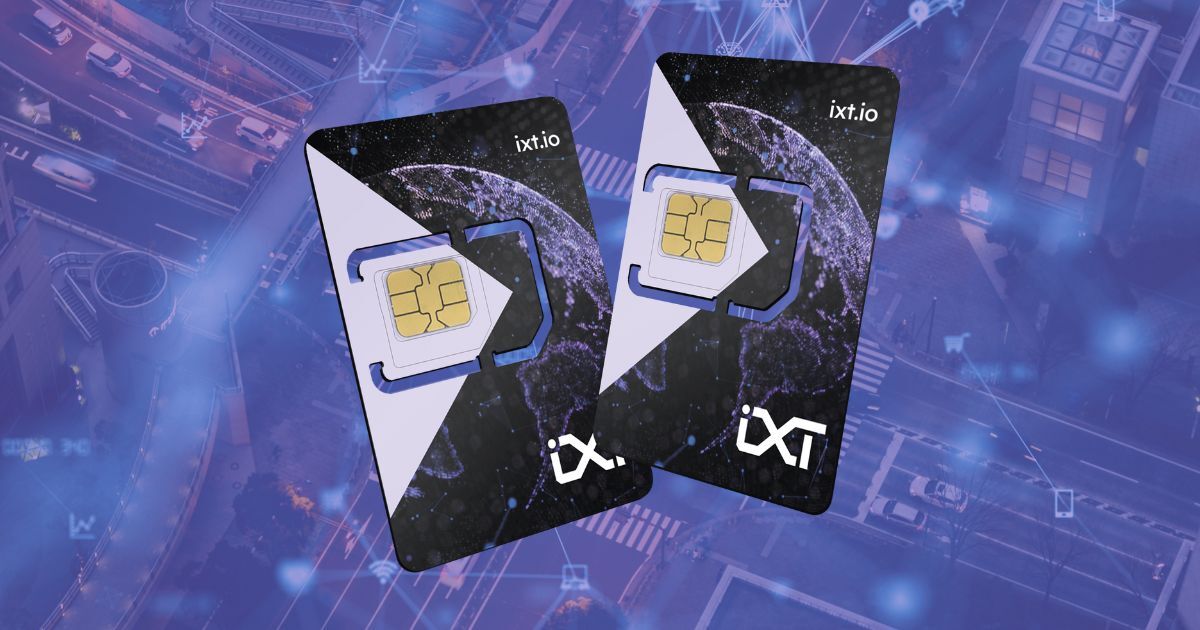eSIM for IoT: What decision-makers need to know in 2026
Learn how eSIM technology transforms IoT connectivity with remote provisioning, global coverage, and enterprise security.

Article feed

SIM vs eSIM vs iSIM: A guide to next-generation connectivity
Traditional SIM cards, eSIM, and iSIM technologies. Explore their key differences in architecture, security, and integration to suit your IoT needs.

What does an IoT SIM cost?
Discover the true cost of IoT SIMs, including hidden fees and pricing models, while learning how to use IXT's pricing calculator for accurate estimates.

The hidden security crisis in healthcare IoT
Securing healthcare IoT is critical. Traditional connectivity fails; Zero Trust and secure SIM solutions offer the needed protection for patient data and regulatory compliance. Explore IXT for healthcare.

Will SGP.32 change how you deploy IoT? Here's what it really means.
Discover how GSMA SGP.32 transforms remote SIM provisioning, boosts IoT security, and slashes deployment time.

VPN, APN, and Zero Trust in IoT: What to use when
Learn when to use APN, VPN, and Zero Trust to secure IoT devices effectively. Understand the strengths and limitations of each for informed implementation.

IoT sensors in waste management
Thanks to connected IoT devices waste management in smart cities is more efficient and operates with more accuracy.

Multi-IMSI and eUICC Explained: Resilient Connectivity for IoT
Multi-IMSI and eUICC provide flexible, resilient global IoT connectivity, ensuring compliance, security, and seamless operations across borders.

Why “As good as it gets” isn’t good enough
IoT security in 2025 demands more than traditional safeguards. Learn why "good enough" isn't sufficient and how to stay ahead in compliance and performance.